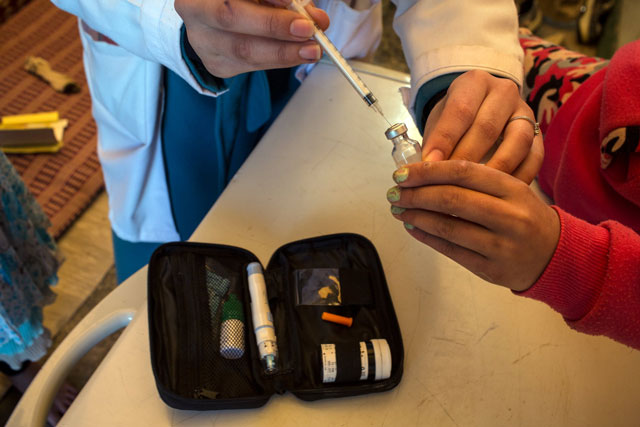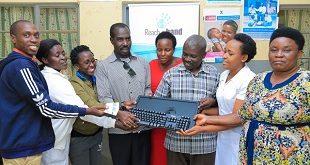
Kampala, Uganda | THE INDEPENDENT | A century after it was discovered, insulin still remains out of reach for many people living with diabetes, the World Health Organization (WHO) said in a report published Friday to commemorate the milestone anniversary.
Diabetes is characterized by elevated levels of blood sugar which over time, can cause serious damage to the heart, blood vessels, eyes, kidneys and nerves. But sufferers use Insulin as the bedrock of diabetes treatment and for nine million people worldwide living with type 1 diabetes, a chronic condition in which the pancreas produces little or no insulin, having access to the drug turns the disease into a manageable condition.
Now in its report, titled keeping the 100-year-old promise-making insulin access universal, the World Health details high prices, low availability of human insulin, a market dominated by just a few producers, and weak health systems as the main barriers to access the lifesaving medicine.
“The scientists who discovered insulin 100 years ago refused to profit from their discovery and sold the patent for just one dollar,” said Tedros Adhanom Ghebreyesus, Director-General of the UN agency. “Unfortunately, he adds, that gesture of solidarity has been overtaken by a multi-billion-dollar business that has created vast access gaps.”
WHO said that for more than 60 million people living with type 2 diabetes, a condition which occurs when the body becomes resistant to insulin or doesn’t make enough of it, the drug is essential to reduce the risk of kidney failure, blindness and amputation. However, one in two people who need the medicine do not get it.
While diabetes is increasing in low and middle-income countries, their consumption of insulin has not kept up with the growing disease burden. WHO explained that global markets have shifted from human insulin, which can be produced at relatively low cost, to pricier synthetic insulins, which can be up to three times more expensive.
The UN agency called for improved affordability by regulating prices and mark-ups through pooled procurement and greater price transparency and promoting local manufacturing capacity in under-served regions.
The report outlines measures to improve access to insulin and related products. Actions include boosting human insulin production and supply and diversifying manufacturing of biosimilar products to create competition and reduce prices.
At the same time, research and development (R&D) should be centred on the needs of low and middle-income countries, while increased access to insulin should be accompanied by prompt diagnosis along with access to affordable devices for injecting the medicine and monitoring blood sugar.
****
URN
 The Independent Uganda: You get the Truth we Pay the Price
The Independent Uganda: You get the Truth we Pay the Price



